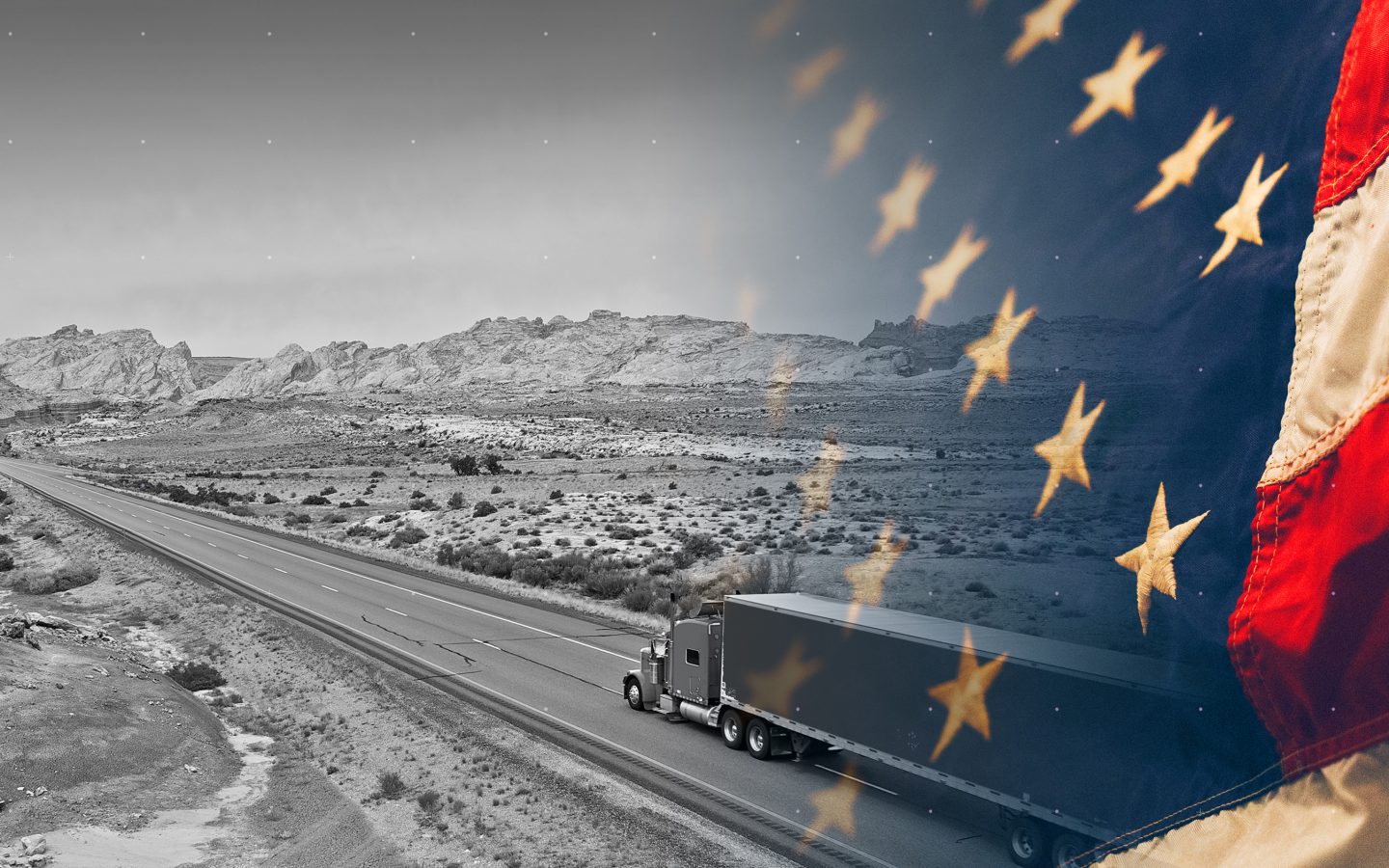Given the inherent fragility of a just-in-time delivery supply chain, extreme weather events can wreak havoc on our logistics operations.
Tornados, snowstorms, hurricanes, floods, and fires are just a few of the extreme weather events Mother Nature can throw at us. Shippers should have robust mitigation strategies and contingency plans for extreme weather events — but as Winston Churchill famously said, “Plans are of little importance, but planning is everything.”
Churchill clearly understood the value of planning, but in a constantly changing environment, plans must be regularly reassessed and adjusted. In other words, there is no one-size-fits-all extreme weather plan for shippers to follow. Shippers should have a series of plans that allow them to respond dynamically to the worst Mother Nature has to offer.
So, when Mother Nature decides to throw her worst at us, what should shippers do?
Four ways shippers can prepare for extreme weather events
1) Situational awareness
Knowledge is power and any insight into how a weather event may impact your logistics operations can pay major dividends in the long run.
The first step to situational awareness is knowing where your freight is.
Is it in transit? If yes, you’re going to want updates on its precise location. At ENERGY, we use Macropoint to provide our customers with real-time status updates on the location of their freight.
But if knowing is half the battle, the other half is contingency plans.
2) Contingency plans
Get your freight out of areas that might be exposed to extreme weather events early, before the highways, airports, and railways are overloaded or blocked. Warehousing might be your best bet but holding a shipment back or rerouting it might be a better choice — provided the delivery isn’t urgent.
If you can’t get your freight out, your only option is to wait out the weather. If your yard is in an area prone to tornadoes or hurricanes, you can load your trailers with weight and park them close together.
The closer you park your trailers together in an extreme wind event, the less surface area the wind has to act on them, limiting the potential damage.
3) Go multimodal
Being able to switch your freight to other means of transportation can be a lifeline to your logistics supply chain but it isn’t always an option. Understanding the weather event will allow you to make the best decisions. If you have flooding, rail and road transport conduits can wash out, but air travel may still be possible.
Air travel is obviously much more expensive, and if everyone has the same idea, airports may become congested and remove that option from your playbook.
Depending on the weather event, virtually all means of transport can be blocked. In cases like this, you will want to make sure you top up your trucks and reefer units with fuel to avoid spoilage and allow drivers the flexibility to find other potential routes.
In addition to topping up your equipment with fuel, you want to make sure your drivers have what they need too.
Drivers should have ample bottled water, non-perishable food items, flashlights, rain gear, and extra batteries to allow them to sit tight until weather conditions improve.
4) Budget for added costs
Contingency plans are by definition — not an ideal choice. Detours cost money. Changing modes of transportation and/or storing goods for longer than expected in warehouses will also incur higher costs.
Having sufficient cash on hand and administrative policies to rapidly approve fund allocations will allow you to be a more flexible and dynamic shipper during extreme weather events.
Questions to ask your carrier partners about their extreme weather plans
Carriers should have inclement weather plans for the routes they service. Don’t hesitate to question your carrier. Specifically, you will want to better understand:
- What is their emergency response plan?
- What conditions will trigger this plan?
- What their cargo insurance will and will not cover in case of extreme weather events?
Stay safe out there everyone.
Click here to contact the logistics professionals at ENERGY Transportation Group for a fast and free quote for your shipping needs.










